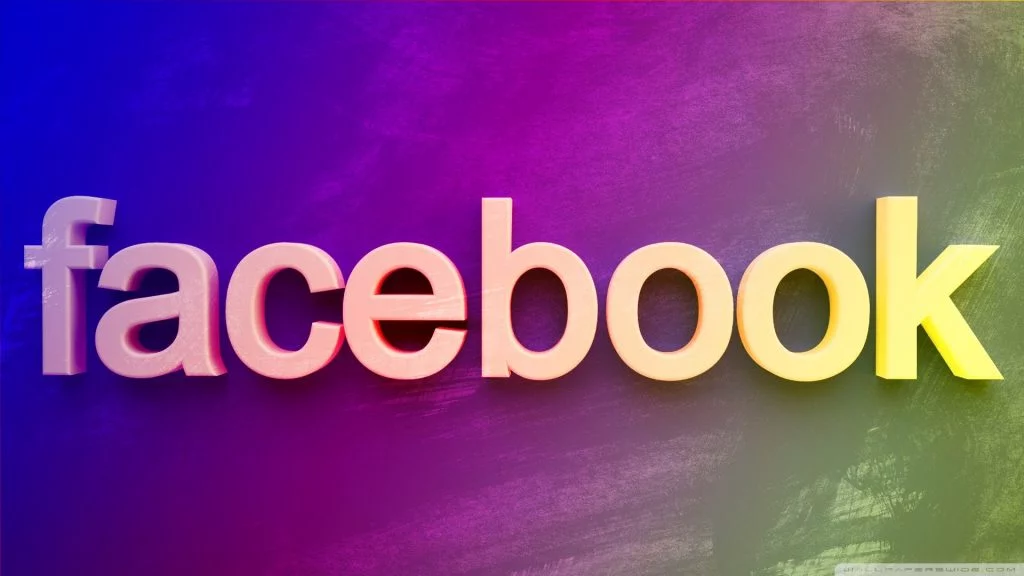When we go to the grocery store to buy bread, we often take out two big bags of food and goods that we had no intention of to buy or planned to do so later. But something made us buy it right now. In this article, you will learn what marketers use to convince you to part with a lot of money.
We've collected the most common marketing tricks for you, that you might not know about.
1. 1. A sense of reciprocity
Each of us has probably felt grateful for something and made a nice gesture in return. Marketers have not missed the opportunity here either. In his book Influence: The Psychology of Persuasion, Dr. Robert Cialdini describes the concept of "reciprocity" and gives examples of it in everyday life.
- How it works: When a waiter brings a bill without chewing gum, it can reduce the size of the tip, and vice versa. Your gratitude for the care of a waiter who brought one piece of gum will increase the amount of the tip by about 3.3 %, and if you get a super caring waiter who brought 2 pieces of gum, the tip can increase by 20%.

2. "Everyone already has this product, and I want it"
Social networks are not just a way to communicate, but also successful trading platforms that promote various goods and services. And the concept of social influence makes them a real engine in the development of the development of market relations.
- How it works: Buttons under posts (a huge number of reposts and likes) sell better than any advertising, as it serves as a kind of social proof that the product is in demand, and therefore good. Especially when we see people we love or trust (friends, family, actors and other stars) among those who have liked the record: "If they have it, I want it too." It's also called the "dance floor effect": few people will go dancing first, but when a small group is already dancing, it's psychologically much easier to join them.

3. A taste of childhood
When we buy different products or things, we compare them. Usually with things or products that we have had before, that we remember, which, in a word, left their mark on our memory. And best of all, we are influenced is the association with childhood.
- How it works: Childhood is the brightest and best time in our lives. And the food we ate at our grandmother's house in the village or even bought in the store was the best and tastiest. Marketers use this in their campaigns. For example, to buy a product, we need to understand what it tastes like. And the phrase "the taste of childhood" characterizes the product perfectly. In other words, we have already tried it and know the taste. People who are particularly conservative, who are not ready for various novelties, are used to choosing what they are already familiar with.
4. Smells in stores
The sense of smell plays a huge role in our lives, especially in society. The smell of a newborn baby, by which its mother recognizes it, or the scent of your partner, which is pleasant to you, are subtle but important.
- How it works: Have you ever noticed that you know what McDonald's smells like? And you can smell it long before you get close to the restaurant itself. What about the smells in clothing stores? For example, the smell of vanilla improves brain circulation, reduces fatigue, and calms the central nervous system. Studies show that in stores where this smell was present, the number of sales increased by 20%.
5. The choice is up to the children
Parents love their children so much that they are willing to buy the whole world for them. Psychologist Paco Underhill, conducting his research, found that pet food and breakfast cereals are often chosen by children. Therefore, these products are often placed low so that children can reach them.
- How it works: The more colorful the design, the more a child will like it. This applies not only to cereals, which children prefer for breakfast, but also to pet food packages, which are also chosen by small owners for their pets.
6. The principle of contrast
The principle of contrast is one of the most fundamental in a well-thought-out marketing strategy. Scientists have conducted research by asking students to put one hand in cold water, the other in hot water, and then both in warm water (room temperature). The same thing - water at room temperature - seems different depending on the preceding circumstances.
- How it works: A man comes to a store to buy a suit and a sweater. First of all, he will be offered to choose a suit. After all, the cost of a suit is higher, and the price of a sweater will not seem so high against it. Even though the sweater is not the cheapest in its category. The same principle applies to a person who wants to buy accessories (shirt, shoes, belt) for a new suit.
7. Accessories are our everything
Stylists recommend that we decorate ourselves with various accessories to look more attractive. And they say that you can turn an ordinary dress into a real sophisticated outfit with a belt, necklace and a bright handbag.
- How it works: Some items and accessories are stagnant in warehouses, and the likelihood of their sale is significantly reduced. In such cases, the advice of stylists becomes especially relevant: sellers accessorize a mannequin with a stale dress, and the sales process is launched. Experience has shown that dresses of this style are being bought much more actively, and the jewelry that has been so well chosen is also being sold out.
8. Mannequins without heads
Do you often see mannequins with faces, or do faceless ones prevail? It has been estimated that we look at each item on display in a shop window or on the sales floor for a total of 30 seconds, after which we lose interest and move on. Therefore, the task of salespeople is to make sure that nothing distracts us from the assortment entrusted to them.
- How it works: УWe take off the heads of mannequins or simply make them faceless, so that their faces no longer distract us from the goods they are displaying.
9. Illusory benefits that you "really need"
We often choose a product based on the end result it will bring. And sometimes we forget about quality characteristics, such as power, number of modes, and the material from which the product is made. This psychological phenomenon is often exploited by salespeople.
- How it works: For example, cellulite cream is designed to rid problem areas of "orange peel," but in fact, moisturizer, regular exercise and proper nutrition can help much better than the cream's advertising promises.
10. Diversity that doesn't exist
The addition of a medium size is not a response to customer wants or needs, but a ploy. It is designed to push customers to choose the most expensive option. Usually, these tricks are used in various chain establishments (coffee shops, fast food). So the next time you are offered to pay extra and get a larger portion, think about whether you really need it.
- How it works: Let's say we go to a coffee shop and there's a large latte for 200 rubles and a small one for 50 rubles. Most people will choose the second option (unless, of course, you are a coffee fan). But if you add a third option, i.e. a medium size for ₽180, most people will choose the large portion: it is only ₽20 more expensive! When comparing the 2 options, we make a decision based on our own needs. In the second case, we make a decision based on a comparison of the cost of the 3 options and choose the most "profitable" one.
Which tricks were new to you? And which ones do you see more often? do you see most often?








